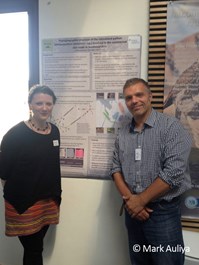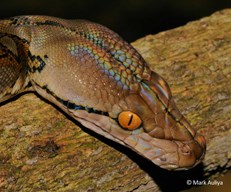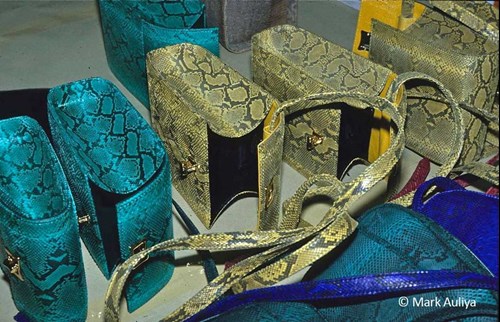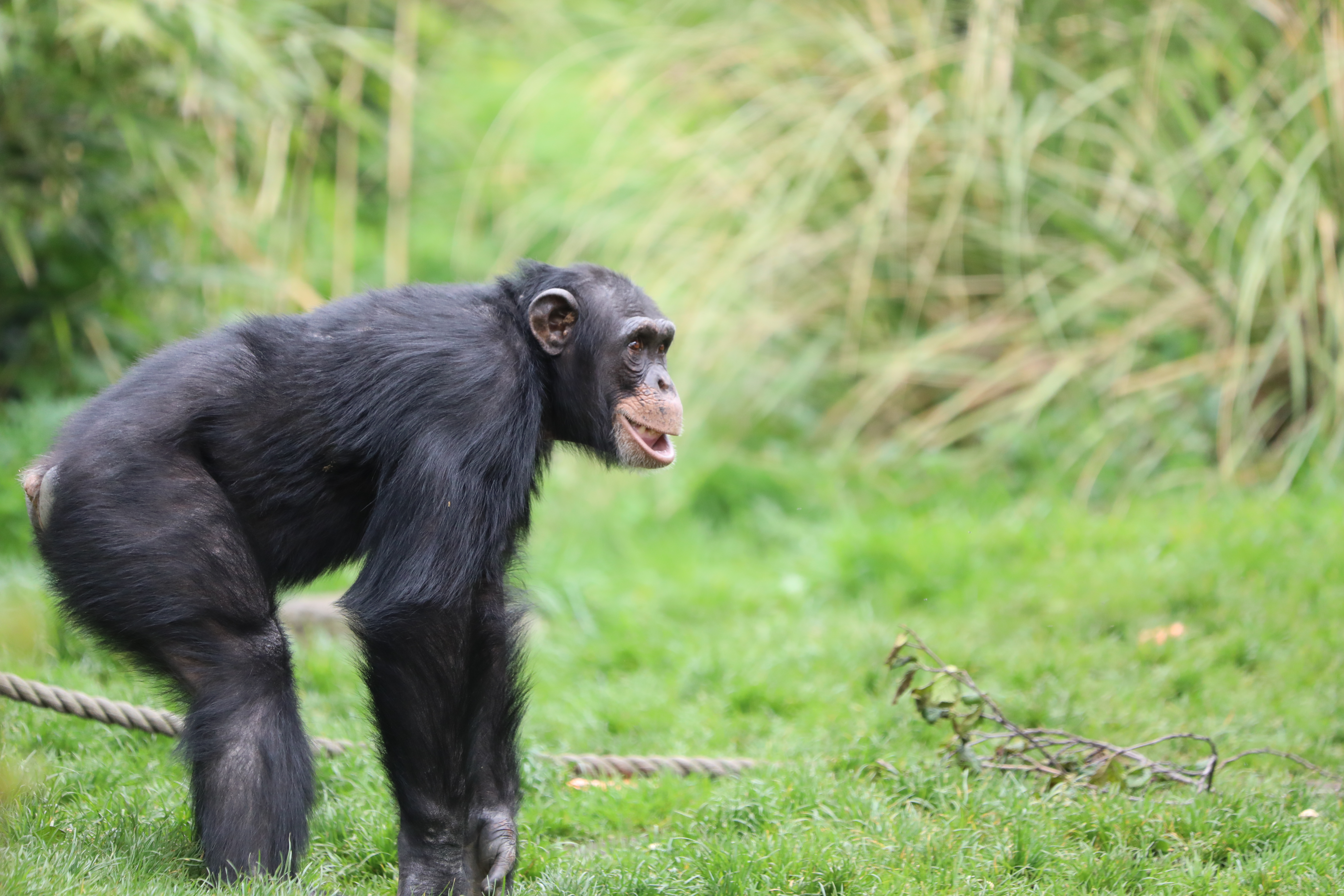RZSS WildGenes Blog: The fight against the illegal trade in python skins
26/01/2016 in Conservation
 Last week I was in Paris with Dr Mark Auliya (Helmholtz Centre for Environmental Research, UFZ) to meet with industrial stakeholders as we examine the feasibility of developing DNA-based traceability tools for monitoring and enforcement of a traceable and sustainable python skin trade.
Last week I was in Paris with Dr Mark Auliya (Helmholtz Centre for Environmental Research, UFZ) to meet with industrial stakeholders as we examine the feasibility of developing DNA-based traceability tools for monitoring and enforcement of a traceable and sustainable python skin trade.
Reticulated python skins are commercially traded to meet the demands of the luxury goods industry, where over 300,000 python species skins are legally exported every year. The majority are from Vietnam, Malaysia and Indonesia where trade dynamics are complex and effective management for preventing over-exploitation of local populations is lacking. As a CITES Appendix II listed species, exported skins from wild-caught or captive bred (farmed) python are recorded by a permit system. However, large discrepancies in the numbers suggest frequent fraudulent reporting of those claimed as ‘captive bred’. The ability to identify geographic origin of a traded skin would help monitor trade and validate permit information.
 DNA analysis at RZSS WildGenes (in partnership with TRACE Wildlife Forensics Network) has so far revealed that there are genetically distinct, geographic groups in Southeast Asia. The WildGenes laboratory has also managed to extract DNA from samples that have been subjected to the initial stages of the tanning procedure, an important task to ensure that the DNA tests developed can be applied in practice. It is hoped that this work will allow for monitoring of a sustainable and traceable trade in future.
DNA analysis at RZSS WildGenes (in partnership with TRACE Wildlife Forensics Network) has so far revealed that there are genetically distinct, geographic groups in Southeast Asia. The WildGenes laboratory has also managed to extract DNA from samples that have been subjected to the initial stages of the tanning procedure, an important task to ensure that the DNA tests developed can be applied in practice. It is hoped that this work will allow for monitoring of a sustainable and traceable trade in future.
Dr Gillian Murray-Dickson
Conservation Geneticist RZSS WildGenes




























Follow EZ